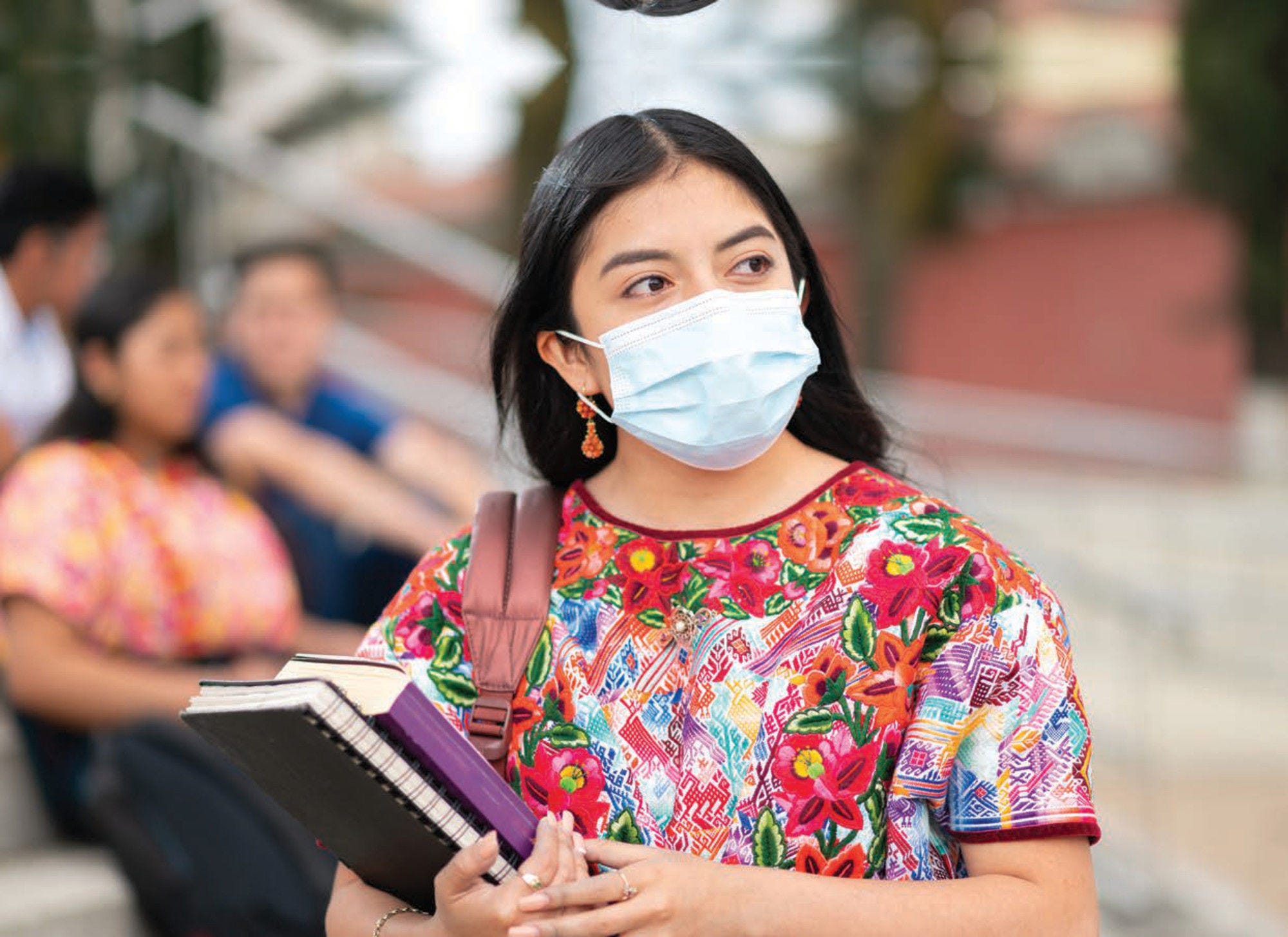Physicians, including general and specialist practitioners, comprise a central component of the health workforce and the improvement of health outcomes. In all levels of care, doctors provide curative and preventive care to patients and provide an essential touchpoint for access to other parts of the health system. Primary healthcare is a particularly vital part of healthcare delivery in Latin America and the Caribbean and is undergoing rapid change: as resourcing needs grow, and complex care becomes more prevalent around the world, novel organisational models of primary care are adjusting towards integrated, team-based systems (OECD, 2020[1]).
Across the region, a wide variation was observed in the proportion of doctors adjusted for population, including all general practitioners and physician specialities. Cuba, with approximately 8.4 doctors per 1 000 people, maintained the highest rate of physicians when compared to all 33 countries in the Latin American and Caribbean region. Haiti measured the lowest rate of physicians, at 0.2 physicians per 1 000 people. An average of 2.0 physicians per 1 000 people was observed in the region, with 12 of 33 countries measuring at or above the figure. When compared to the average of OECD member states observed at a rate of 3.5 physicians per 1 000 population, Cuba, Uruguay, Trinidad and Tobago, and Argentina were the countries in the region observing rates above this measure (Figure 8.1).
When measuring the share of the physician workforce identifying as women, most countries in the region perform near or above the OECD average of nearly 50% in observed member states. With approximately 65% of physicians identifying as women in the country, the Dominican Republic features the highest rate in the region. Brazil, at nearly 42%, features the lowest rate in the region (Figure 8.2).
In three countries in the region, updated data on the ageing physician workforce was available. Compared to an OECD average of approximately 21% of physicians reported between the ages of 55 and 64 years of age, only Mexico scored higher at just over 22%. Chile and Colombia reported a share in this age range below this average, each at approximately 13%. In the share of physicians at or above 65 years of age, Chile features an older share of physicians at 13% compared to the OECD average just over 12%. In contrast, Colombia and Mexico reported a smaller cohort of physicians in this age range, at rates just under 5% and over 3%, respectively (Figure 8.3).



